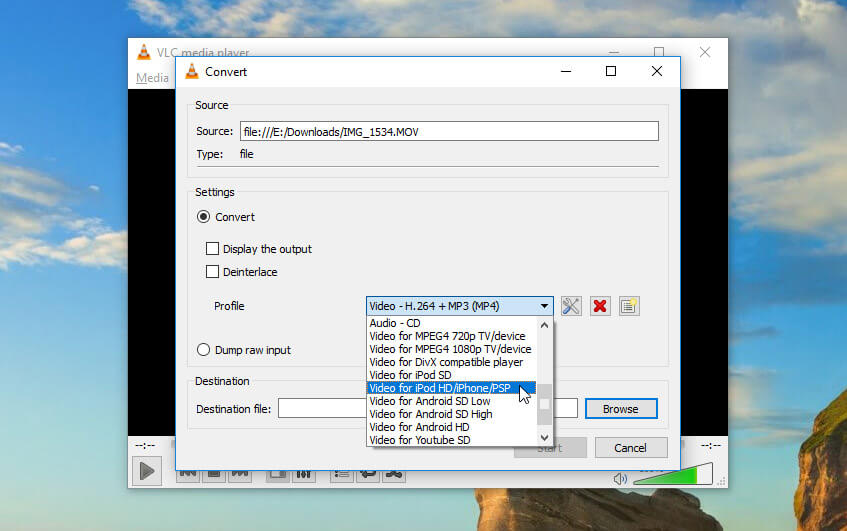

Īll fission reactions generate fission products, the remains of the split atomic nuclei. The amount of energy released by fission bombs can range from the equivalent of just under a ton to upwards of 500,000 tons (500 kilotons) of TNT (4.2 to 2.1 ×10 6 GJ). The latter approach, the "implosion" method, is more sophisticated and more efficient (smaller, less massive, and requiring less of the expensive fissile fuel) than the former.Ī major challenge in all nuclear weapon designs is to ensure that a significant fraction of the fuel is consumed before the weapon destroys itself. In fission weapons, a mass of fissile material ( enriched uranium or plutonium) is forced into supercriticality-allowing an exponential growth of nuclear chain reactions-either by shooting one piece of sub-critical material into another (the "gun" method) or by compression of a sub-critical sphere or cylinder of fissile material using chemically-fueled explosive lenses. This has long been noted as something of a misnomer, as their energy comes from the nucleus of the atom, just as it does with fusion weapons. Weapons whose explosive output is exclusively from fission reactions are commonly referred to as atomic bombs or atom bombs (abbreviated as A-bombs). TypesĪll existing nuclear weapons derive some of their explosive energy from nuclear fission reactions. Modernisation of weapons continues to this day. The Treaty on the Non-Proliferation of Nuclear Weapons aims to reduce the spread of nuclear weapons, but its effectiveness has been questioned. South Africa is the only country to have independently developed and then renounced and dismantled its nuclear weapons. Germany, Italy, Turkey, Belgium and the Netherlands are nuclear weapons sharing states. Israel is believed to possess nuclear weapons, though, in a policy of deliberate ambiguity, it does not acknowledge having them. The only countries known to have detonated nuclear weapons-and acknowledge possessing them-are (chronologically by date of first test) the United States, the Soviet Union (succeeded as a nuclear power by Russia), the United Kingdom, France, China, India, Pakistan, and North Korea. Only a few nations possess such weapons or are suspected of seeking them. Since the atomic bombings of Hiroshima and Nagasaki, nuclear weapons have been detonated over 2,000 times for testing and demonstration. The ethics of these bombings and their role in Japan's surrender are subjects of debate. These bombings caused injuries that resulted in the deaths of approximately 200,000 civilians and military personnel. Army Air Forces detonated a plutonium implosion-type fission bomb nicknamed " Fat Man" over the Japanese city of Nagasaki. Army Air Forces detonated a uranium gun-type fission bomb nicknamed " Little Boy" over the Japanese city of Hiroshima three days later, on August 9, the U.S.

Nuclear weapons have only twice been used in war, both times by the United States against Japan near the end of World War II.

Both bomb types release large quantities of energy from relatively small amounts of matter. A nuclear weapon (also known as an atom bomb, atomic bomb, nuclear bomb or nuclear warhead, and colloquially as an A-bomb or nuke) is an explosive device that derives its destructive force from nuclear reactions, either fission (fission bomb) or a combination of fission and fusion reactions ( thermonuclear bomb).


 0 kommentar(er)
0 kommentar(er)
